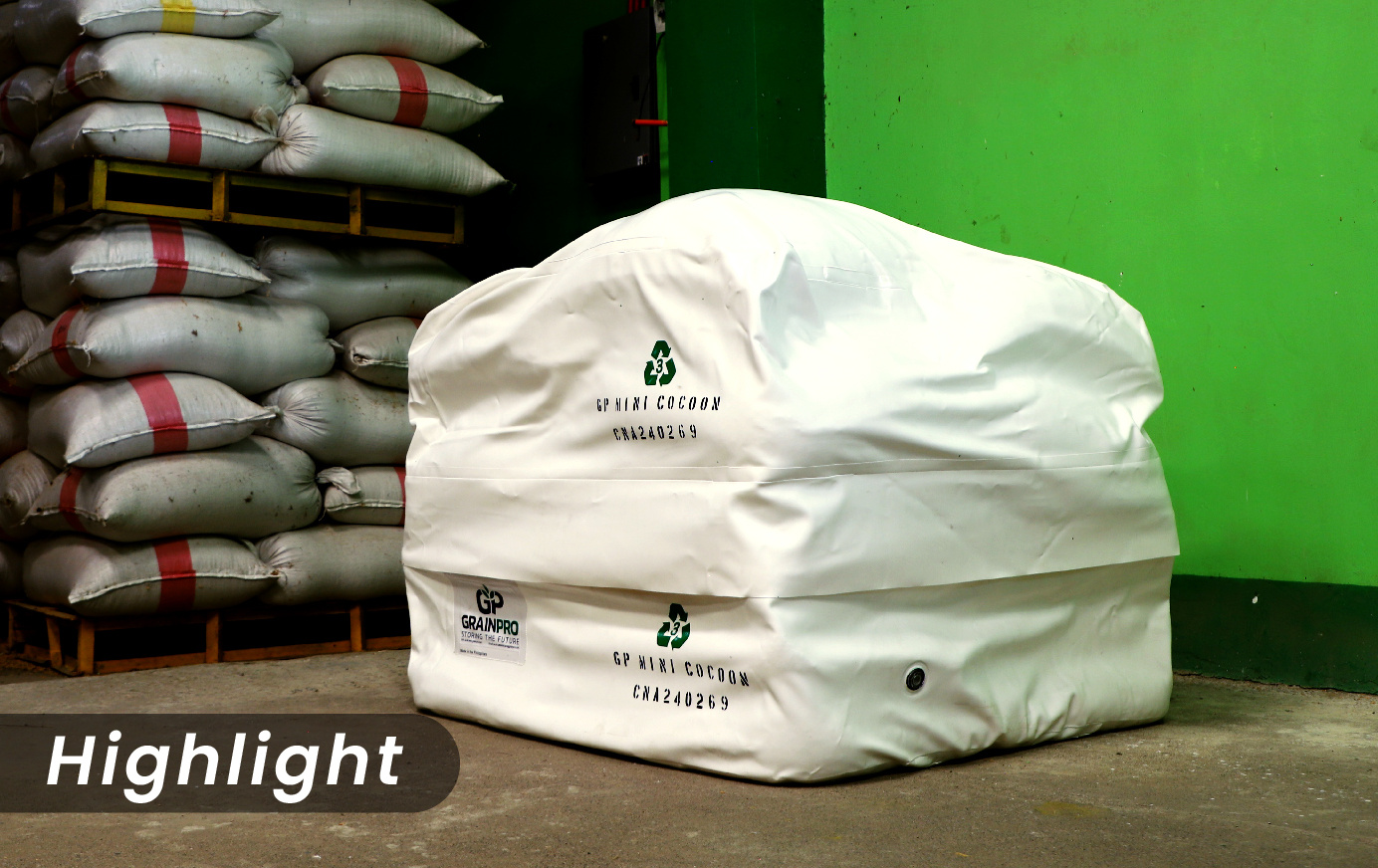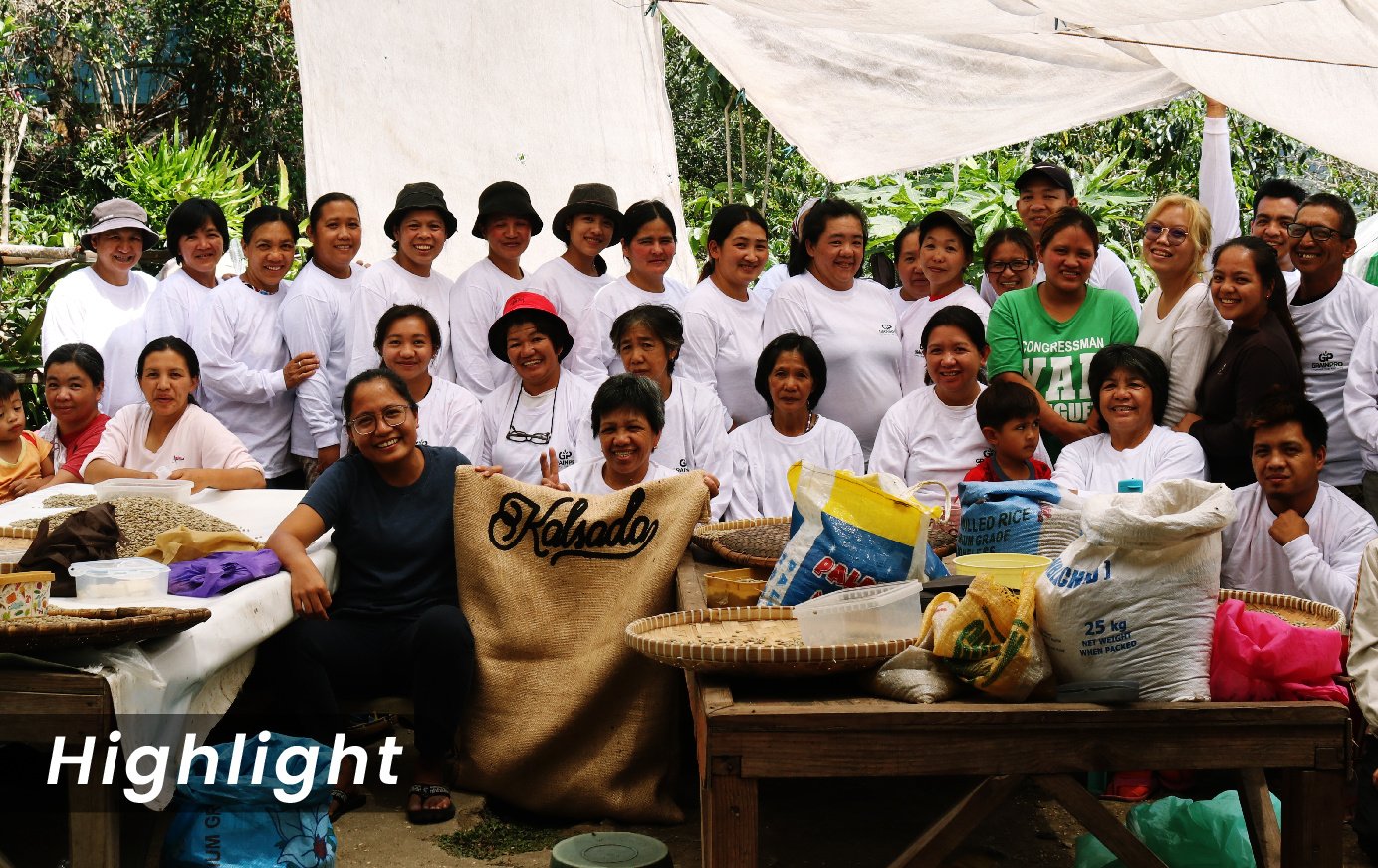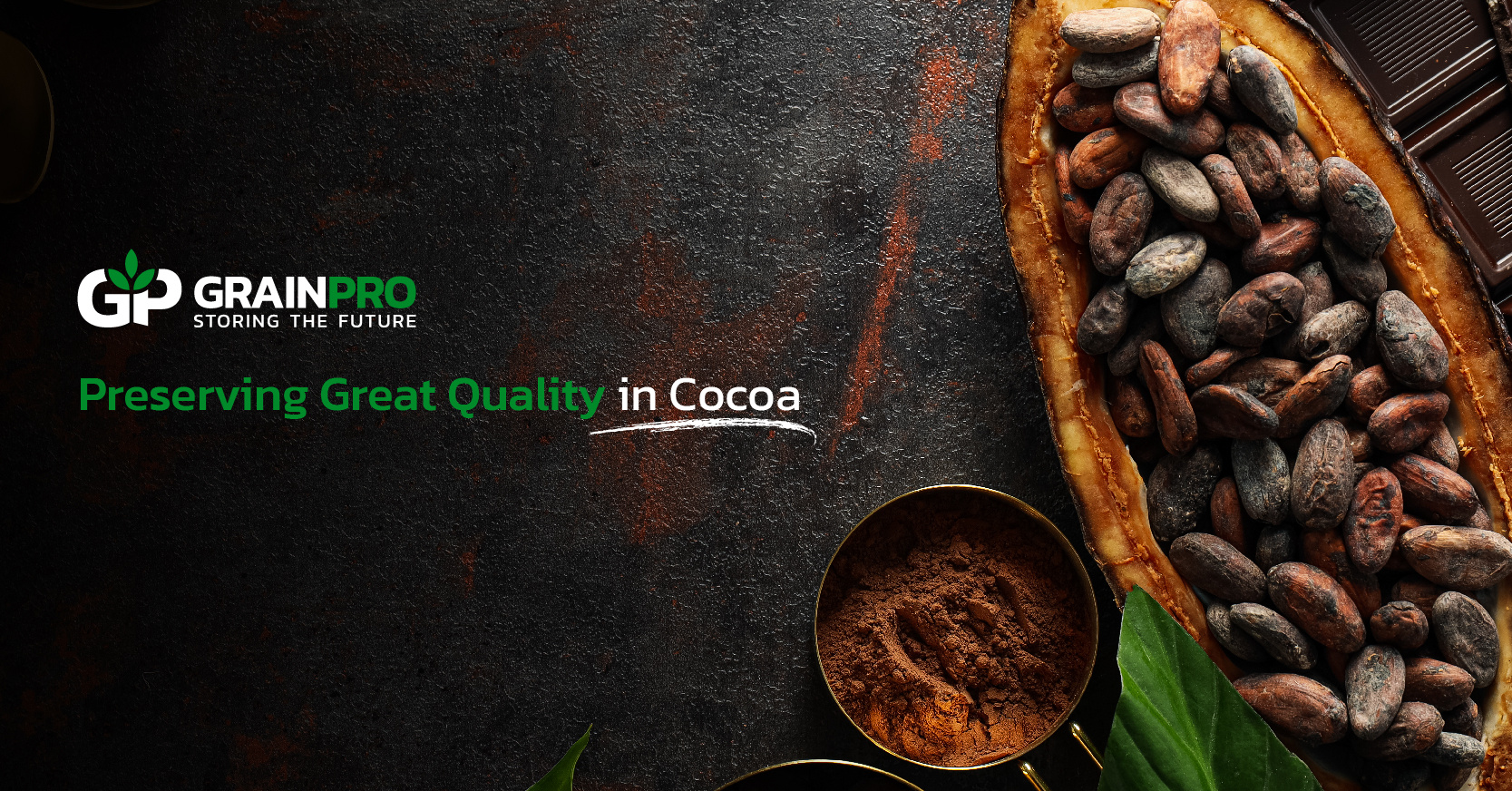Cocoa beans are considered as a high-value product. In fact, the global chocolate industry was priced at around $128.79 billion in 2017. Higher growth is projected for those in this industry due to increasing demand for specialty, high-end, and luxury chocolate.
Read more: The Origin and Sources of Chocolates
Before and during harvest
This tremendous potential drives producers and handlers to do everything they can to produce and preserve great-quality cocoa beans. One step to do this is by keeping cocoa trees. This can be done by pruning the trees, providing fertilizer, and eliminating insects that can harm them.
Another is carefully harvesting cocoa pods, which house the cocoa beans. Proper tools must be used so as not to damage the tree. The timing should also be taken into consideration during harvest season. According to the International Cocoa Organization (ICCO), the best time to harvest cocoa pods is within 3-4 weeks, which is right at the time that the beans will begin germination, and should be done at regular intervals.
Fermentation
Once harvested, the cocoa beans should be carefully prepared to be fermented. Removing beans that are affected by fungal diseases is an important step during this stage. Doing this can save a batch from being totally ruined. The fermentation process itself should be executed at the right temperatures for the right amount of time.
Drying, storage, and transport
Preserving the quality of the cocoa beans during the drying process can be achieved by drying at the right pace. If the beans are dried too fast, they become too acidic and the flavor would be too bitter. If too slow, mold and fungal growth will damage the cocoa beans. At the right pace of drying, however, the cocoa beans will have the rich flavor that consumers crave without the risk of being contaminated by toxic fungal substances. Making sure that the moisture content of the cocoa beans is at around 6% to 7% will ensure that mold growth won’t occur.
Quality preservation while in storage is also of paramount importance. Storing the cocoa beans in a gas-tight and moisture-tight container locks in the aromatic, pleasantly bitter notes that make chocolate a highly sought-after commodity. Fine quality is preserved by keeping the cocoa beans from being exposed to air and allowing oxidation to occur.
Great care should also be taken to preserve quality while transporting cocoa beans. The optimal Free Fatty Acid (FFA) levels achieved through slow drying can be affected by moisture ingress during transport. This can be completely avoided by using transport solutions that keep condensation away from the cocoa beans.
Read more: The Best Way to Transport Cocoa Beans
Using post-harvest solutions can simplify the process of preserving great-quality cocoa beans. GrainPro provides such solutions with superior barrier properties that keep away contaminants and excess moisture while locking in freshness and overall quality.
To learn more about how GrainPro’s post-harvest solutions can help provide protection for high-value commodities, click the button below.
Date Published: July 22, 2019





